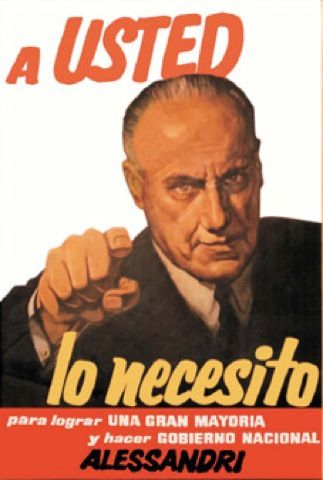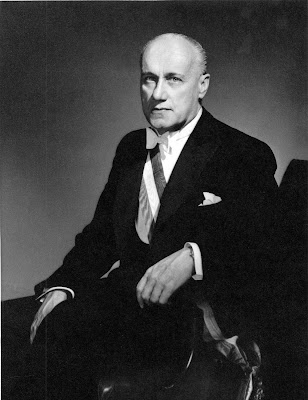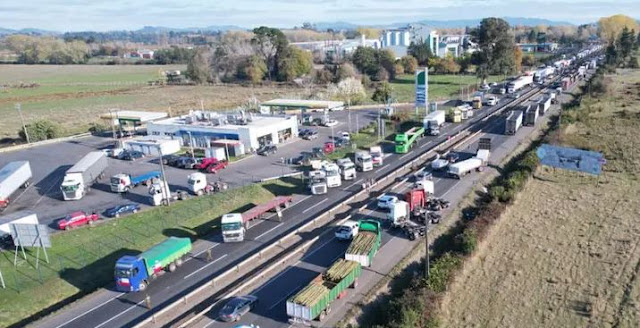The
demonstrations of the truckers continue, mainly on routes 5 South (which
includes the Santiago-Concepcion section) and 160. It should be noted that
yesterday afternoon the representatives of the truckers met with government
delegates in search of reaching an agreement and be able to finish strike.
However, during the night the truckers reported that they would not end the
strike until the armed forces guard the highway.
In relation
to the same topic, please note news from a local newspaper:
Despite the fact that five
groups of truckers accepted an agreement with the government, to put an end to
the mobilizations that the unions maintained due to the latest attacks that
cargo drivers have suffered in the South Macrozone; this Friday some truckers
continue on strike.
The presidential delegate
of Biobío, Daniela Dresdner, had indicated on Thursday afternoon that “we have
reached an agreement with the different organizations with which we began to
talk since Sunday. Today we are reaching this agreement that will allow us to
advance in the solutions to the underlying problems, which are the security
problems, but also to ensure some conditions for the families and for all the
people who are and have been in danger”.
However, a group of
transporters maintain the mobilizations and as a result Route 5 (main Chilean
highway) is cut off at Duqueco (Los Angeles, Bío Bío Region) with a path
enabled in each direction of Route 5 for the transit of minor vehicles, small
trucks, buses and transportation of essential goods in general.
Specifically, the
transporters indicated that they have a condition to stop the mobilizations on
the routes: while the constitutional reform that would allow an intermediate
state is worked on and enacted, they request that the State of Constitutional
Exception be resumed in the area to allow the presence of the Armed Forces as a
result of the acts of violence.
In this regard, the
president of the Federation of Freight Transport Workers, Eriberto López,
mentioned that "in the document -in its first paragraph- it never speaks
of an agreement, it speaks of proposals, but here today to get out of this,
while the enactment of the law, we came out with a State of Constitutional
Exception and it will depend on their speed so that this State of
Constitutional Exception lasts as little as possible”.
"The State of
Constitutional Exception is the necessary guarantee that would be needed to
finish the strike," López said.
In addition, the leader
added that "this is still an intermediate state because according to our
vision and according to the vision that the country has, a State of Siege
should be decreed in the area of the forest macrozone."
In a public statement, the
Federation of Transport and Forest Unions (Fetracarfor) expressed “absolute
distrust of the political class in this country. Permanently, all sectors have
shown their indolence and little will to solve the problem of violence that
affects the workers and families of the southern macro zone”.
In the letter, the carriers
added that they feel "helpless and completely abandoned by the
authorities."
 |
| Terrorist attack in the South Macrozone |
In the statement, the union
warns that, if "the State of Exception is not implemented immediately in
the southern macrozone and the Province of Arauco", they will remain
mobilized on the routes.
The National Confederation
of Truck Owners of Chile (CNDC), reported that this day they will hold a
"Regional Meeting of Truckers" in the city of Concepción, where they
will discuss the agreement reached with the government.
Through a statement,
published this morning on its twitter account, the union announced that the
agreement seems to them an "advance" but they assure that "there
is a lack of law that protects highways and works."
Regarding the creation of
the intermediate states, the Minister of the Interior, Izkia Siches, assured
this morning that "we have been analysing different measures to be able to
advance in the protection of the roads, as well as the support of our Armed
Forces."
And in that sense, she
affirmed that a project is being prepared to replace the one that is already in
a mixed commission, with different characteristics from the critical
infrastructure project presented during the previous administration.
On this, from the
Fetracarfor union, they described as "insufficient the constitutional
proposal of an intermediate state, since we will not know how long this will be
processed in Congress and if in the future it will prevent us from freely
demonstrating on the highways of the south", they wrote in a statement.
Source: La Tercera



































